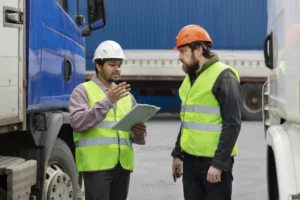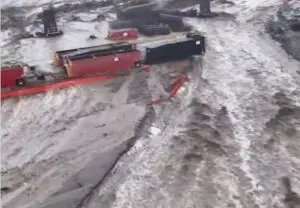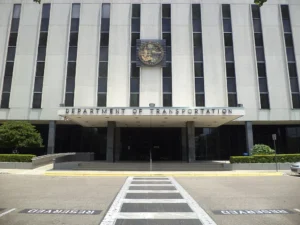Indiana and New York have plans to introduce bills that restrict the presence of these trucks on state highways.
The latest advancements in autonomous trucks have led to an increased inclination towards seeking regulations that restrict the presence of these trucks on state highways. In the coming months, legislators from Indiana and New York have plans to introduce bills for consideration.
In Indiana, Senator Jim Tomes and Representative Cindy Ledbetter support a bipartisan bill to amend autonomous vehicle regulations in the state. The proposal aims to authorize a platoon of electronically coordinated automated vehicles with synchronized speeds and following distances.
The state specifies that an autonomous tractor-trailer cannot operate on roads to transport passengers or goods without the physical presence of a human operator; all operators must comply with state and federal qualifications. The legislation, introduced as HB1022 and SB57 by Representatives Tomes and Ledbetter, aims to adapt laws to new technology and ensure safety on the roads.
On the other hand, in New York, Senator Pete Harckham seeks to change state legislation regarding large autonomous vehicles. Currently, these vehicles are not required to have someone in the cabin capable of taking control in emergencies. However, Harckham has introduced bill S7758, which would require operators to be present in autonomous trucks weighing over 10,000 pounds when traveling on state roads.
The senator emphasizes that this measure would provide job safety for more than 270,000 citizens, representing one in every 27 jobs in the state. The proposal is currently under review in the Senate Transportation Committee.

In September, California Governor Gavin Newsom vetoed a law that sought to prohibit the operation of autonomous vehicles with a gross vehicle weight of at least 10,001 pounds without a physically present safety operator. Newsom pointed out that the existing law provides an adequate regulatory framework, and the DMV has the authority to oversee and take necessary actions to protect public safety in the testing and operation of autonomous vehicles in the state of California.
The implementation of autonomous trucks without safety drivers is a topic that has sparked national debate in recent months. Advocates highlight benefits such as fuel savings, reduced traffic congestion, and improved road safety. Critics express concerns about the interaction between automated and traditional vehicles, questioning the viability of widespread use of this technology. The Independent Owner-Operators Drivers Association recognizes the potential of autonomous technology but continues to address challenges related to commercial vehicles and road safety posed by autonomous trucks.

States with the most truck drivers in the U.S.
These are the states with the highest number of truck drivers in the United States. The trucking industry employs approximately 3.6 million truck drivers across

Lawmakers propose 10% penalty for brokers hiring high-risk carriers
A new legislation was proposed to penalize brokers who hire carriers with a history of violations. On December 18, Republican Representative John Moolenaar of Michigan

Severe Flooding and Travel Chaos in Southern California
A powerful atmospheric river is driving Severe Flooding and Travel Chaos in Southern California, with torrential rain triggering mudslides, emergency evacuations, and widespread road closures. Major highways such as Interstate 15 were shut down as floodwaters and debris inundated roads and bridges, stranding holiday travelers and disrupting regional transportation.

The Department of Transportation’s “naughty list”
The United States Department of Transportation continues to expand its “naughty list,” now including California, New York, and Colorado. The U.S. Department of Transportation (DOT)

Gas prices at lowest during the holiday season
Data by the American Automobile Association shows that December has been the cheapest month of the year for gas prices. The magic of Christmas has

Accident rates rise nearly 30% in winter holiday travel
The month of December becomes one of the most congested of the year, making the risk of an accident more volatile. Winter is the most
